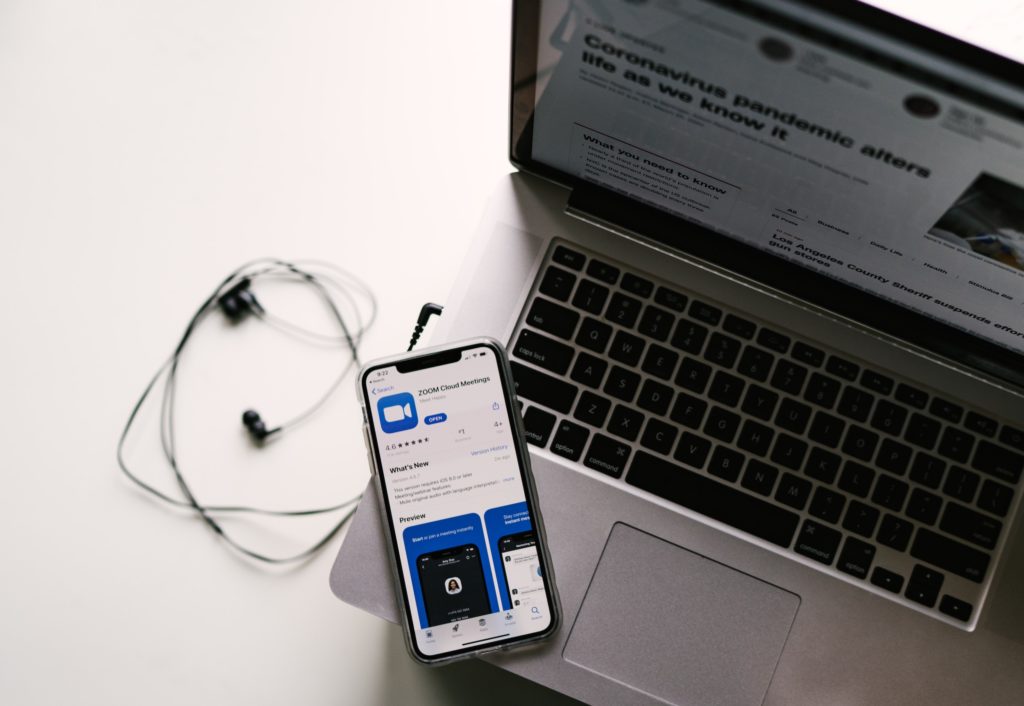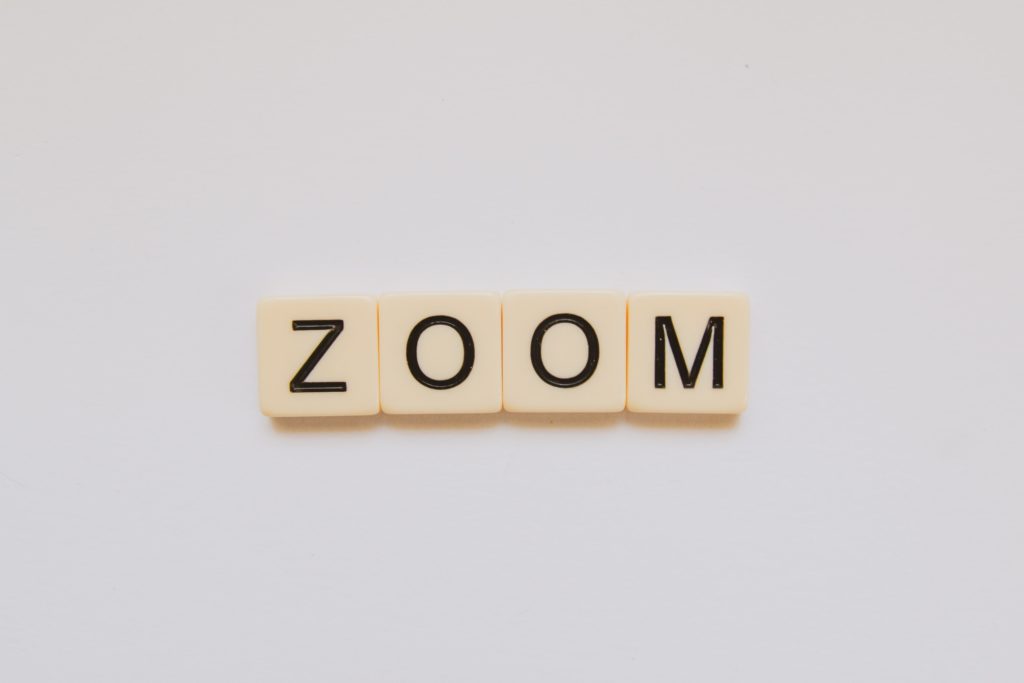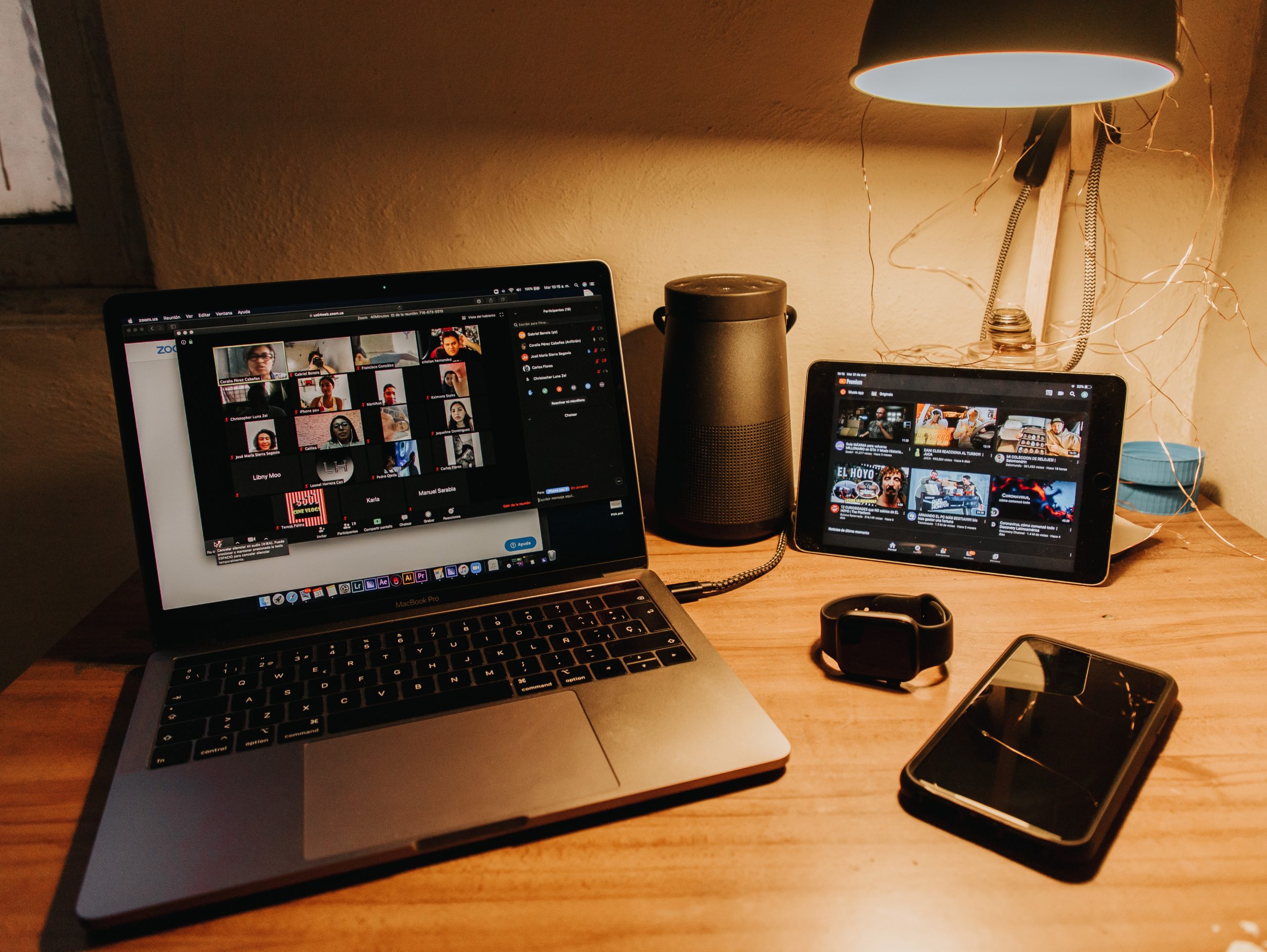Let’s zoom back to mid-March when we were asking: what does remote learning look like for students, for faculty, and how can we help users navigate the virtual classroom? The LInC building, Academic Technology’s campus home began to sit quietly, classrooms eerily empty. While in non-campus homes faculty and staff worked from makeshift garage offices or wooden kitchen tables, preparing for spring term via remote learning.
“Thankfully we had enterprise systems like Canvas, Zoom and Kaltura in place,” says David Goodrum, Director of Academic Technology. With these known toolsets in place, Beavers did what Beavers do best: we got to work. The idea for TechKTA’s started with something as simple as: we could have someone who helped manage remote teaching Zoom meetings – muting and unmuting microphones — providing real-time tech support to faculty.

“That was so early that the whole notion of Zoom bombings hadn’t really come up yet,” says Goodrum. The team put in place a set of trainings for students and staff.
“In the end, we had over 40 people who were trained to be TechKTAs. We were concerned that we could be easily overwhelmed with requests,” says Goodrum. “As this turned out, most people have tried to be self-sufficient, but the people that have taken advantage of it are extremely appreciative.”
So, what does a TechKTA do to ensure technology isn’t a barrier to learning? “We are monitoring students, minimizing individual chats, making sure the teacher is aware of what is going on in the chat,” says TechKTA Morgan Mabe. “If someone is doing something noisy, like vacuuming their room, and they accidentally have their microphone on we mute them.” These simple tasks create a better experience for faculty and students navigating remote learning for the first time.
“It’s very helpful while doing live lectures remotely to have someone there. I’m sure KTA’s do things I’m not aware of… because I’m in the bubble of giving a lecture and they help things run smoothly,” says Michael Scott The Glenn Willis Holcomb Professor in Structural Engineering. “Also if my own internet connection goes out, which has happened a couple times, the TechKTA is there to tell the class ‘Hey just wait a couple minutes, he’ll come back his internet probably just went out.’ Having that back up is really nice.”

“I would say after the first week I understood maybe 95% of what I needed to know (about Zoom), but that 5% could have interfered with how teaching went,” says Sarah Rothenberg, assistant professor in the College of Public Health and Human Sciences. “We had a speaker who was going to talk about her research in Indonesia. I was concerned that she might not be able to get in, but the TechKTA showed me where I could get the ID of the class.” These small assists add up and have made Oregon State’s rapid transition to remote learning smooth.

Another success of the TechKTA program is financial stability remote work provides student employees. “They were able to offer me up to 15 hours so that was really nice, I’m so grateful,” said Mabe.
Appreciation and gratitude seem to be shared sentiments. “It has been good and having the TechKTAs, the school did a good job and made choices that helped the faculty,” said Rothenberg. “I am appreciative, and I don’t know who to thank.”

